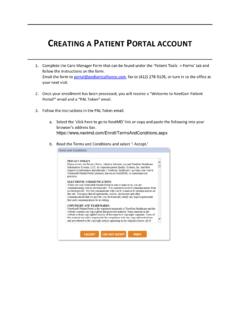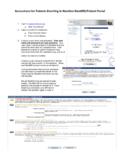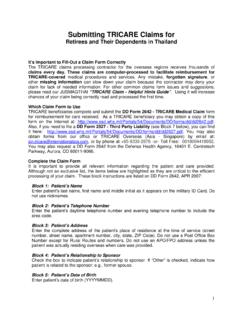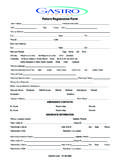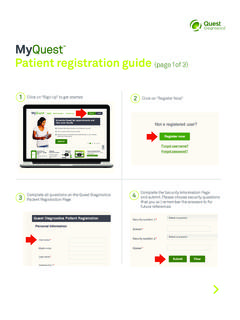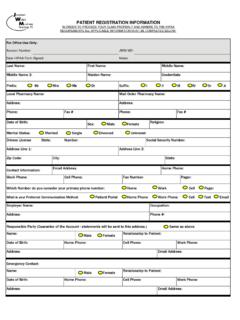Transcription of SUBJECT: GUIDELINES FOR PATIENT CARE IN …
1 subject : GUIDELINES FOR PATIENT care IN anesthesiology 1. Definition of anesthesiology : anesthesiology is a discipline of medicine specializing in: a. The medical management of patients who are rendered unconscious and/or insensible to pain and emotional stress during surgical, and certain other medical procedures (involving pre-procedure, intra-procedure, and post-procedure evaluation and treatment of these patients ); b. The protection of life functions and vital organs ( brain, lungs, kidneys, liver) under the stress of anesthetic, surgical and other medical procedures; c. The management of problems in pain relief; d. The management of cardiopulmonary resuscitation; and e. The management of problems in pulmonary care 2. An anesthesia provider s responsibilities consist of: a. Pre-anesthetic evaluation and treatment; b.
2 Medical management of patients and their anesthetic procedures; c. Post-anesthetic evaluation and treatment; and d. care and treatment of PATIENT during emergency situations while under their care . 3. GUIDELINES for Anesthetic care : a. The same quality of anesthetic care should be available for all patients admitted to the Center; b. Pre-anesthetic evaluation and preparation means that the responsible anesthesia provider: i. reviews the chart; ii. interviews the PATIENT to: (1). discuss medical history, including anesthetic experiences and drug therapy and (2). perform any examinations that would provide information that might assist in decisions regarding risk and management; iii. orders necessary tests and medications essential to the conduct of anesthesia; ANESTHESIA GUIDELINES for PATIENT care Page 1 of 2 iv.
3 Obtains consultations as necessary; and v. records impressions on the PATIENT s chart. c. Peri-anesthetic care means: i. re-evaluation of PATIENT immediately prior to induction; ii. preparation and check of equipment, fluids, drugs and gas supplies; iii. appropriate monitoring of the PATIENT ; iv. selection and administration of anesthetic agents to render the PATIENT insensible to pain during the procedure v. support of life functions under the stress of anesthetic, surgical manipulations; and i. recording the events of the procedure. d. Post-anesthetic care means: i. a member of the Anesthesia care Team remains with the PATIENT as long as medically necessary; ii. availability of adequate nursing personnel and equipment necessary for safe postanesthetic care ; iii.
4 Informing personnel caring for patients in the immediate postanesthetic period of any specific problems presented by each PATIENT ; iv. assurance that the PATIENT is discharged in accordance with policies established by the Center; and v. the period of postanesthetic surveillance is determined by the status of the PATIENT and the judgment of the responsible physician and the Anesthesia care Team. 4. Additional Areas of Expertise include: a. resuscitation procedures; b. pulmonary care ; and c. diagnosis and management of pain. 5. Quality Assurance: The anesthesia provider should participate in a planned program for evaluation of quality and appropriateness of PATIENT care and resolving identified problems. ANESTHESIA GUIDELINES for PATIENT care Page 2 of 2






